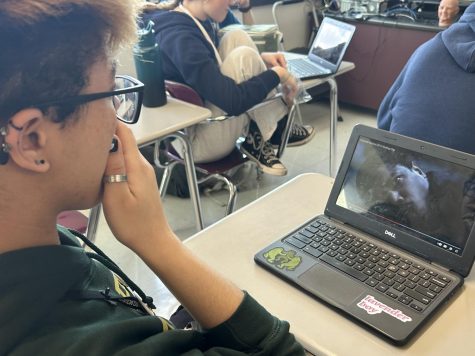Affirmative action needed at higher education institutions
Controversial, legitimate pros and cons, but still necessary.
Supporters attend the “Rally for the American Dream – Equal Education Rights for All,” ahead of the start of the trial in a lawsuit accusing Harvard University of discriminating against Asian-American applicants, in Boston, Massachusetts, U.S., October 14, 2018. REUTERS/Brian Snyder – RC15675290B0
February 24, 2019
Out of all species of life on earth, no other species is as special as the human race. Human beings are so colorful in terms of culture, race, religion, and backgrounds. Every single person is unique.
So why is it then that Americans have always been so divided when it comes to affirmative action and treatment of minorities and women?
Before this goes any further, it is important to define the controversial term affirmative action. According to Merriam-Webster, the official definition is “an active effort to improve the employment or educational opportunities of members of minority groups and women.” My intention here is to focus on affirmative action and how it impacts higher education in the United States.
This movement began in 1960s, when President John F. Kennedy signed an executive order requiring government contractors to “take affirmative action to ensure that applicants are employed, and employees are treated during employment, without regard to their race, creed, color or national origin.” This order was then followed up by another from President Lyndon B. Johnson.
With this bill in place, it would allow high-skilled jobs and many universities to allow and accept diverse ethnic, racial groups and women from all corners of the United States of America. This sounds like something exactly what we need in today’s political climate; unfortunately, however, the percentage of students who attend campuses are almost half of the typical “white American” at college.
According to the Washington Post, whites made up about 58% of four-year colleges, with African Americans lying at about 15% and 23% with Latinos. To put this in perspective, that was a recent study conducted in 2015. According to a post made by Ivy Coach, African American and Latino young people are even more under-represented than they were 35 years ago on these campuses.
What is the major point in that? To put it simply that people are instantly at a disadvantage because of something out of their control – who they are. It means that white Americans, a major populous here in the United States, are more likely to get into colleges than any ethnic, racial, or any other minority group.
According to a 2014 Pew Research Center poll featured on news site ThinkProgress, it is estimated that 55% of white people are in favor of affirmative action; however, to also go back to another post made by the Washington Post, only 352 out of 2000 four-year not-for-profit colleges consider race in their admissions process. Only 124 “highly selective” colleges such as Harvard consider race as a factor.
While there are a large majority of races that are in agreement with affirmative action, the fact that most colleges do not consider diversity and race a factor in their application process is plain absurd. This to me fuels the inequality and divide that currently exists in America, and this admissions process at Harvard, for example, is causing quite an uproar.
In October of 2018, a federal court in Boston began hearing arguments with a case against Harvard University. The lawsuit claims that the campus discriminates against qualified Asian and Pacific Islander applicants. Harvard states that race is one of the many factors considered when evaluating people who apply.
The case mainly focuses on Asian applicants, but many other cultural groups have views on affirmative action. According to the “Demographic Data & Policy Research on Asian Americans & Pacific Islanders” (AAPIDATA), almost 60% of Asians/Pacific Islanders support the action; around 80% of Japanese Americans also encourage affirmative action.
Several students have their own thoughts on the matter, both high schoolers and college-level students combined. Many opinions voted strongly in favor of affirmative action to still be implemented.
“Modern day racism and sexism still exist among other variables of destination,” high school senior Kassidy Hildebrandt states. “If we were to cut it out, it would be a less fortunate way for others to reach out for help when they need it. Most could even potentially endanger lives in worst-case scenarios.”
“Affirmative action was set in place for a reason,” high school senior Asiko Oluwa said. “America is supposed to be a land for equal opportunity, but this just isn’t so. Affirmative action is an attempt to level the playing field for minorities who are constantly discriminated against in society; so until we can fix these subliminal issues, and truly stop the discrimination that prevents minorities from getting into schools, getting into decent jobs, etc., then affirmative action is absolutely needed.”
Other students, as well, voiced their distaste for affirmative action, but not the way one might expect. Senior Dylan Haggerty pointed out that research shows that affirmative action can also negatively impact minorities.
In several links that Haggerty shared, one of which is found at the end of the article, a question asked in there was of “have admissions offices systematically overstepped their boundaries in their zeal to recruit a diverse student body? In other words, are they admitting students who would be better off if they had gone to college elsewhere, or not at all?”
“No, affirmative action should not be continued,” said Haggerty. “Although its purpose is to help minorities, if you look at the studies that have been taken, it actually hurts them.”
“My personal opinion is that it causes colleges to be minorly racist, causing them to pick minorities based on color,” Haggerty continues on saying. “Think about it – they (colleges like Harvard) have to recruit a certain number of people of each race so they end up having to exclude people at (a) time because they may not be white or black or Asian.”
There is still discrimination on campus and the aftermath of being accepted onto school grounds, however. When asked about if students keep their racial/ethnic background in mind when getting in to a campus, guidance counselor Theresa Onody says the following: “Maybe if a student was discriminated against in the past for their background, they may keep it in mind when they walk onto campus, because they don’t want it to happen again.”
In conclusion, to bring this all around, there are many different playing fields when it comes to the topic of affirmative action. One point is abundantly clear: this case will not rest until both sides, with help from the ethnic and racial groups involved with this issue, can come to an agreement and end this inequality and racism.
Here are several of the articles that have been researched for this topic. There are clearly many credible opinions supporting either side, so readers should take the time to explore every possible position.
Minority students are harmed by affirmative action
Most white Americans will never experience affirmative action, so why do they hate it so much?
https://thinkprogress.org/why-we-still-need-affirmative-action-policies-in-college-admissions-ce5e0ad992ca/

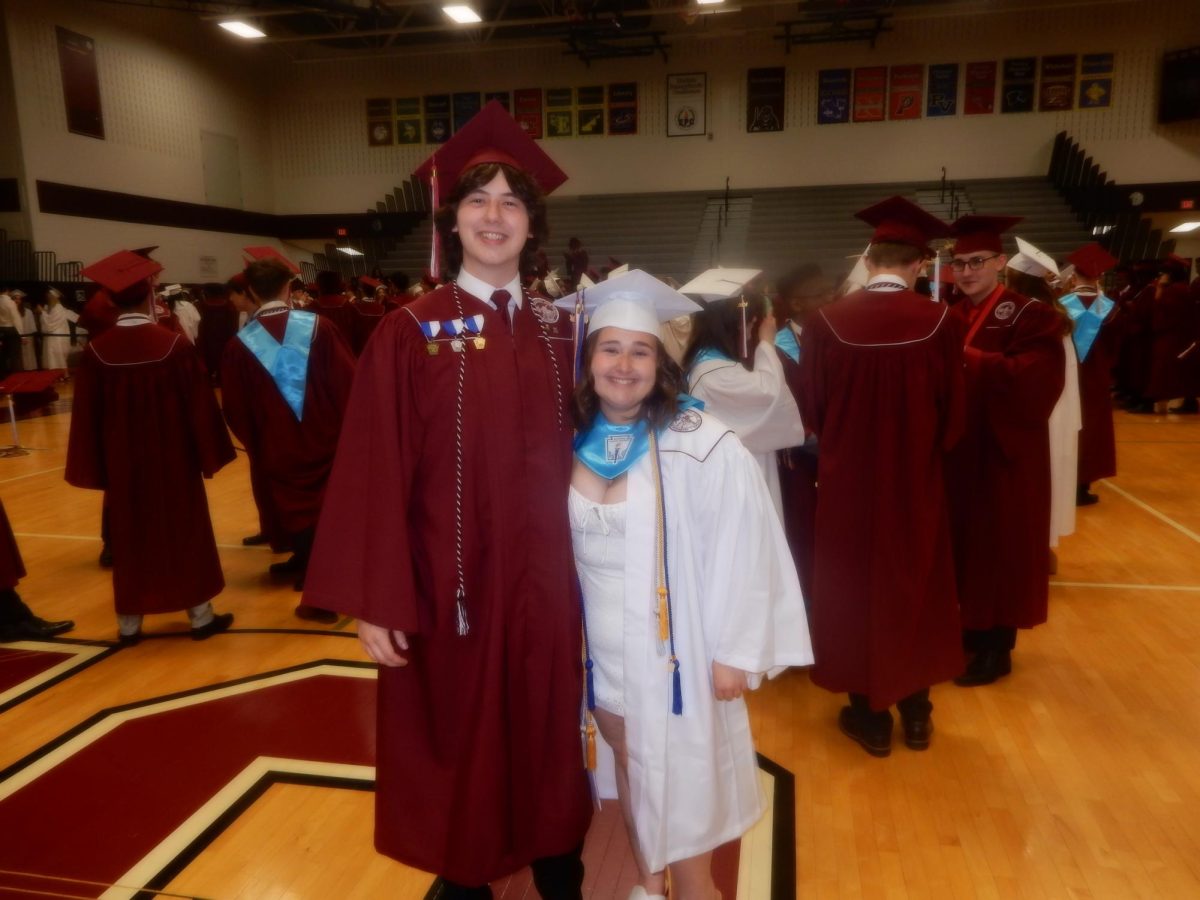

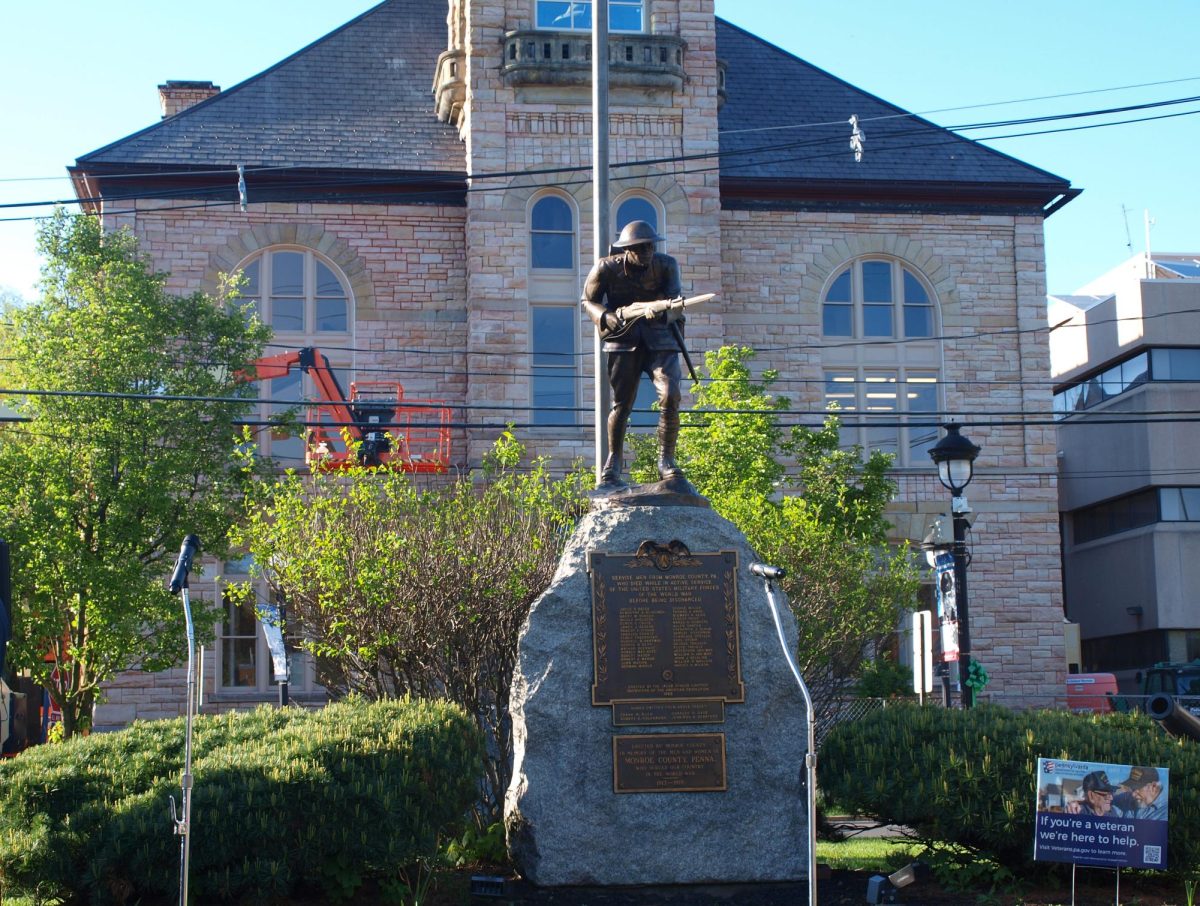


















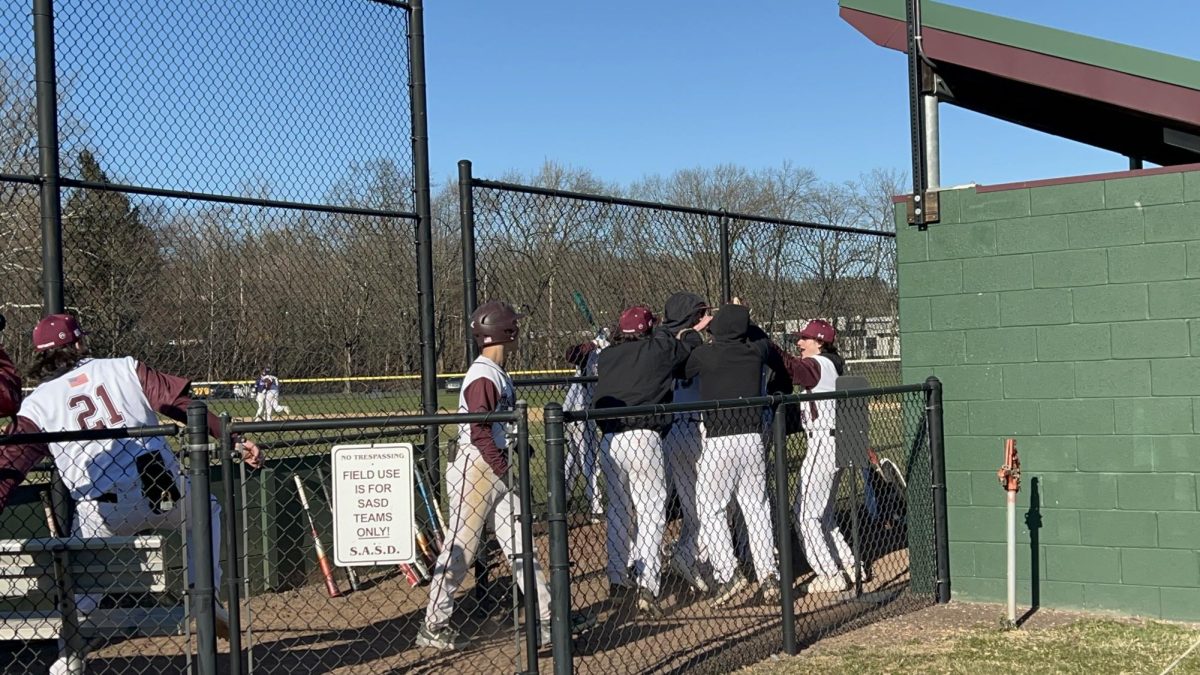

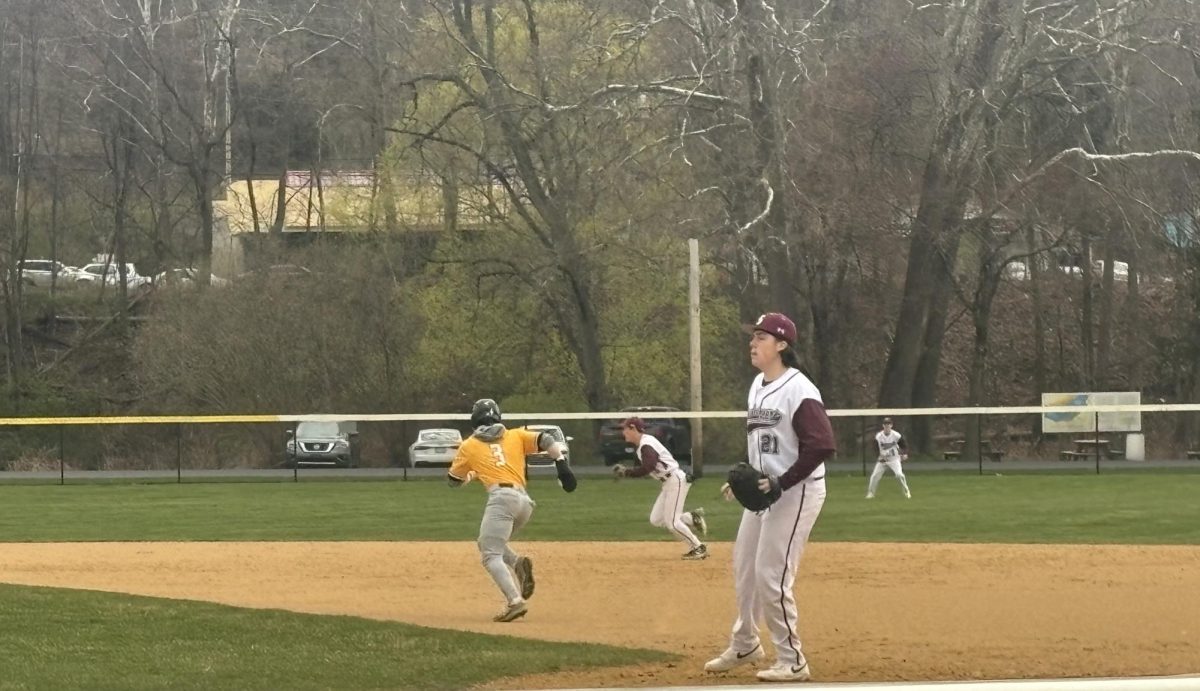

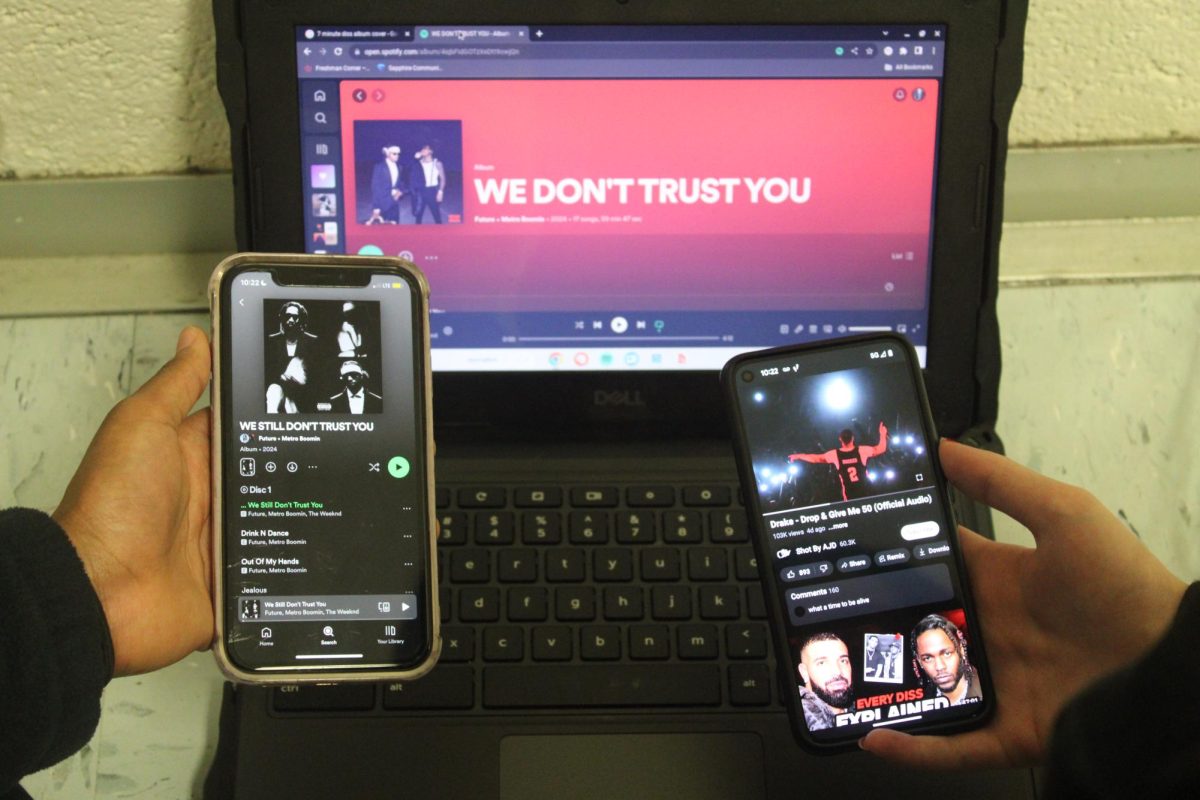

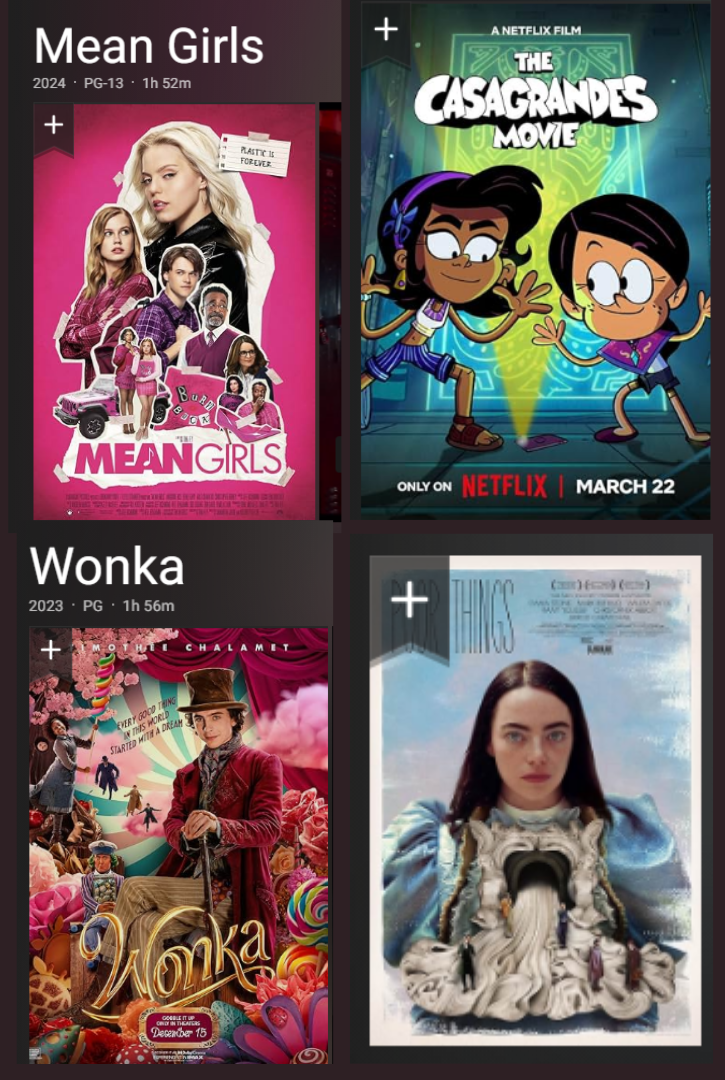


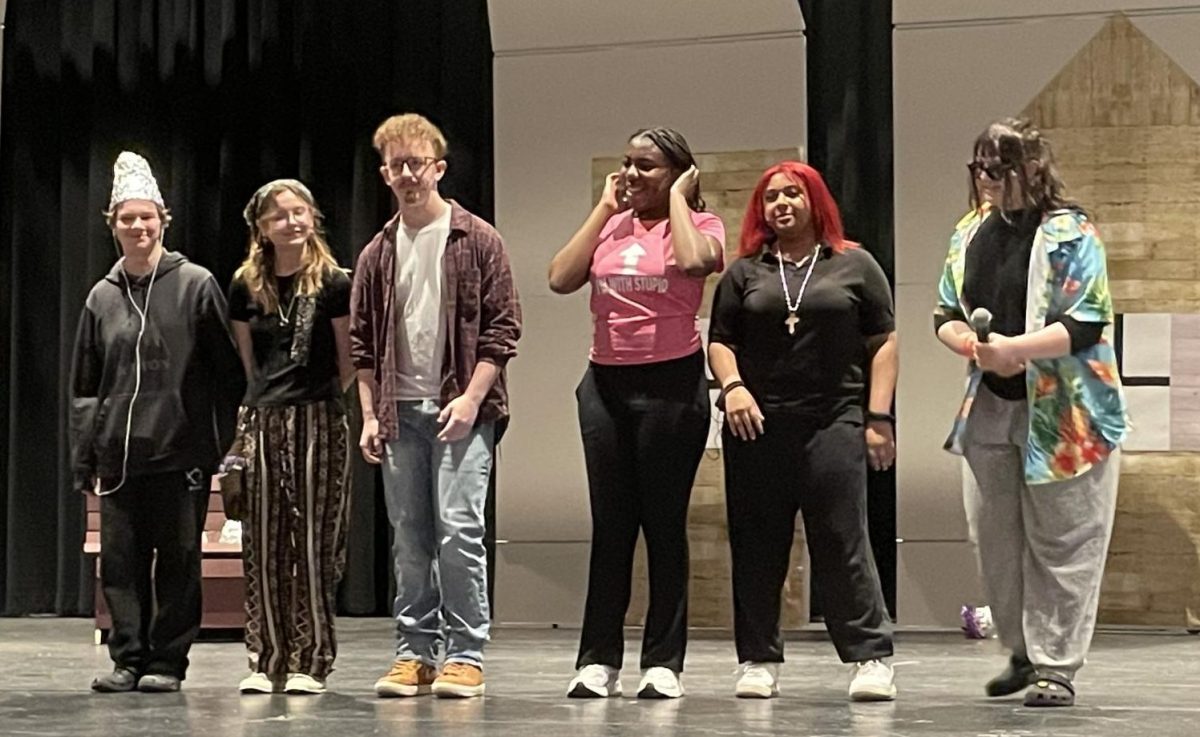
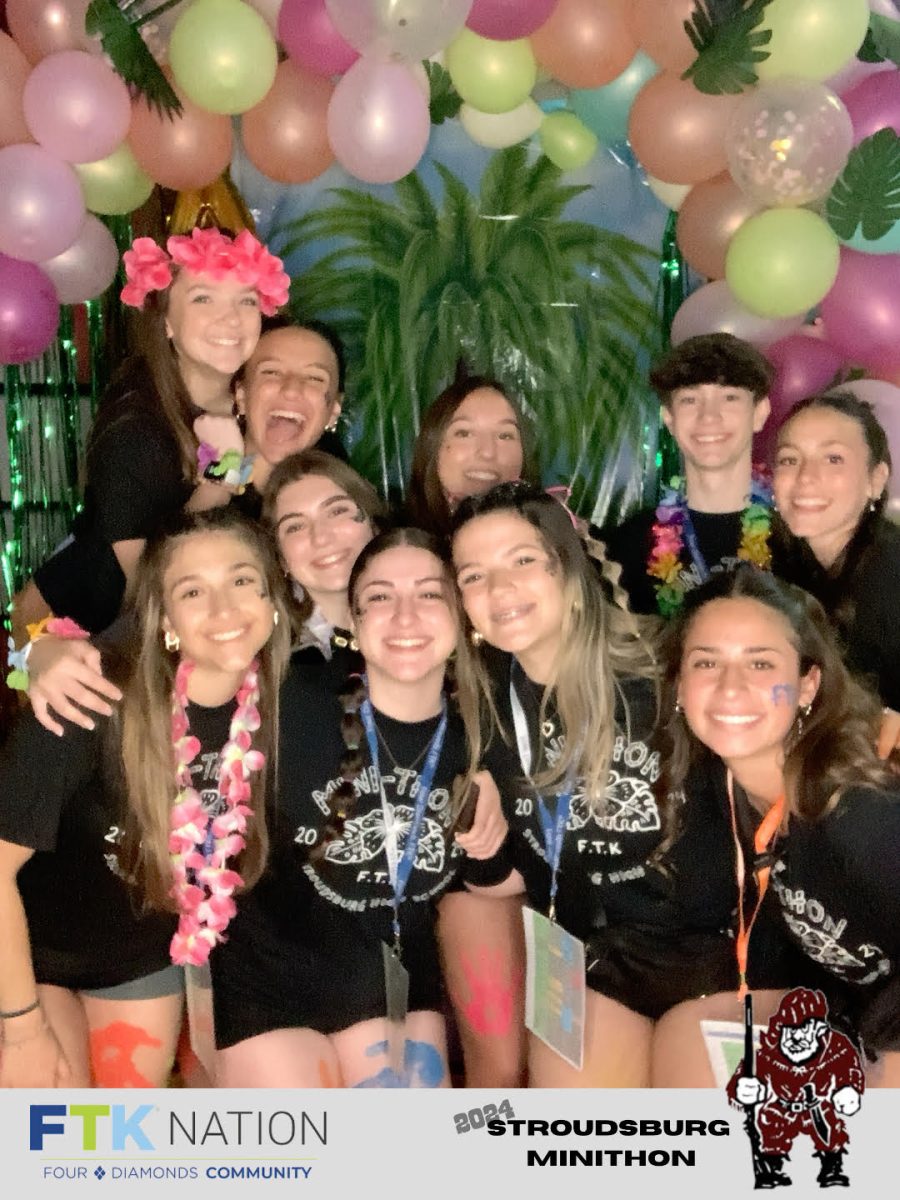











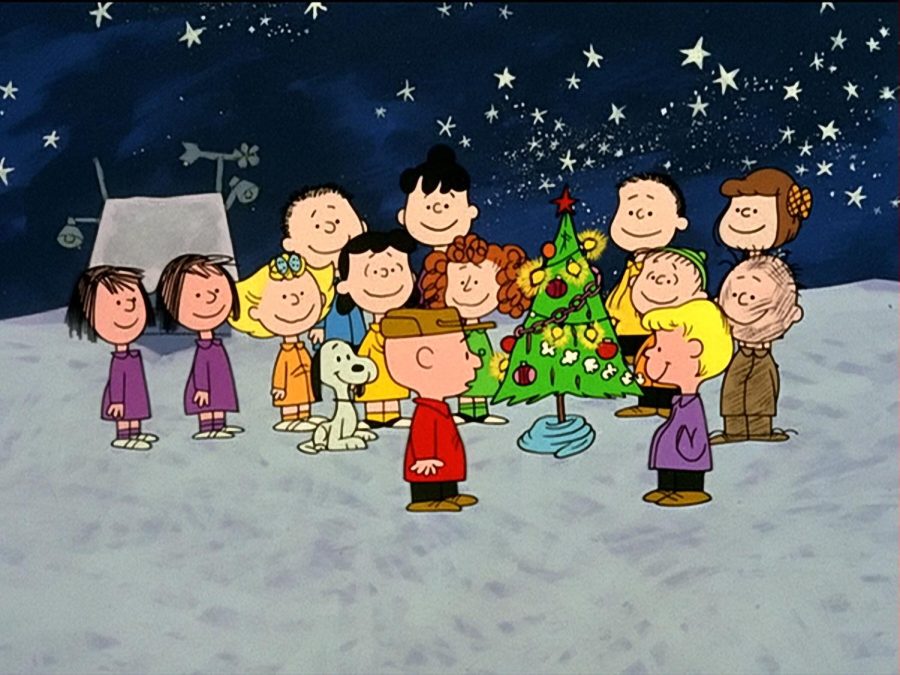



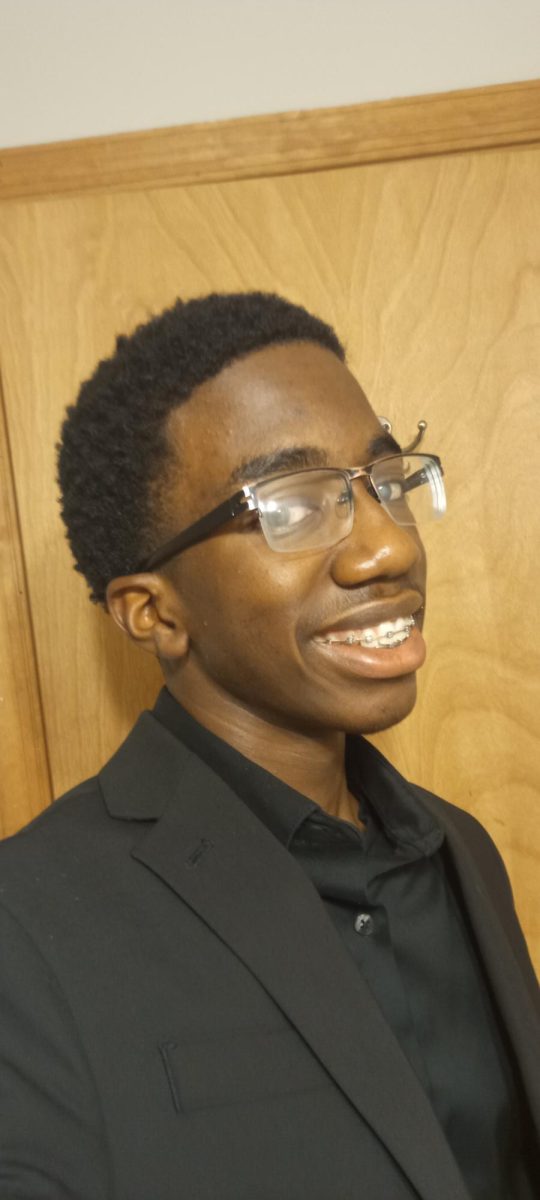








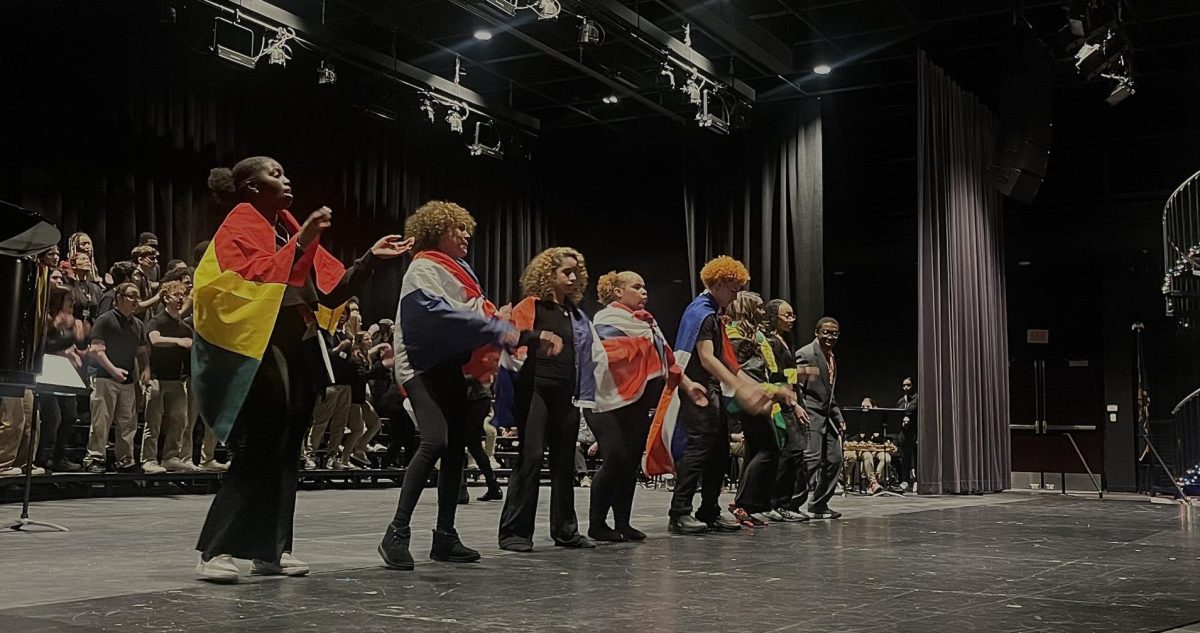









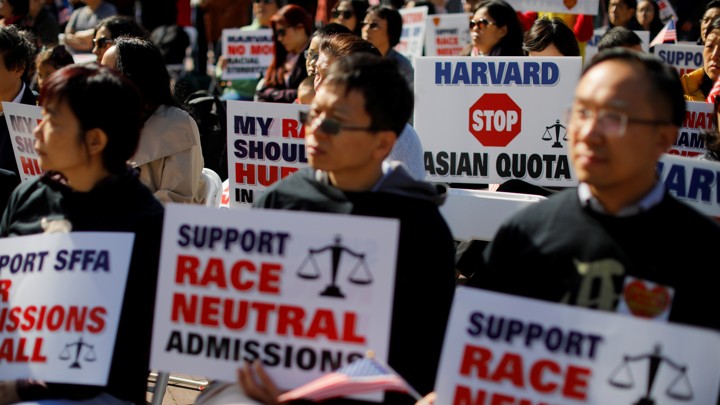













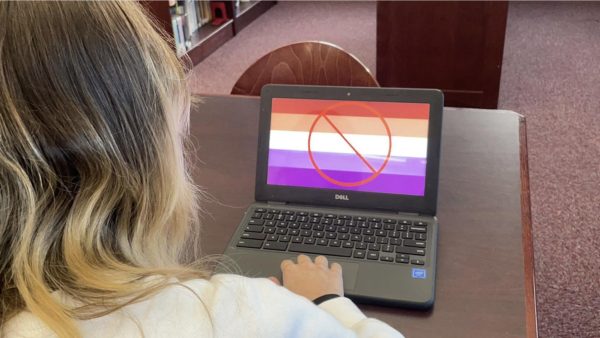


![A Promax Super Jumbo boombox (2014.270.2.1a) used as a prop by the character Radio Raheem in the Spike Lee directed picture, Do the Right Thing. The boombox includes a dual audio casette tape deck, an equilizer section, radio dial, coloured light display, and a pair each of 8 subwoofers, midranges, and tweeters. There are sections of red, yellow, and green electical tape with black ink text on the sides and top of the player. There are also rectangular black, green, and yellow Public Enemy stickers adhered to both the PR and PL side of the player. On the lower back of the boombox is handwritten text in gold ink reading [BROOKLYN, NY / 3/17/90 / To Gene / RADIO RAHEEM LIVES / LOVE, Spike Lee / FIGHT THE POWER]. There is a metal handle attached to the top of the player, around which two braided bracelets (black-and-white 2014.270.2.1b, coloured 2014.270.2.1c) and multi-coloured printed cloth (2014.270.2.1d) have been tied. The rewind button on the PR tape deck has fallen off but is stored with the boombox (2014.270.2.1e). The boombox had an audio cassette in the PR deck that has been removed (2014.270.2.2), titled JAZZ CLUB / Vocal. The cassette is off-white with black text and is printed with track titles, manufacturing information, and serial number. Date: 1980s. Record ID: nmaahc_2014.270.2.](https://shsnews.org/wp-content/uploads/2023/03/IMG-2612-1-475x309.jpg)
